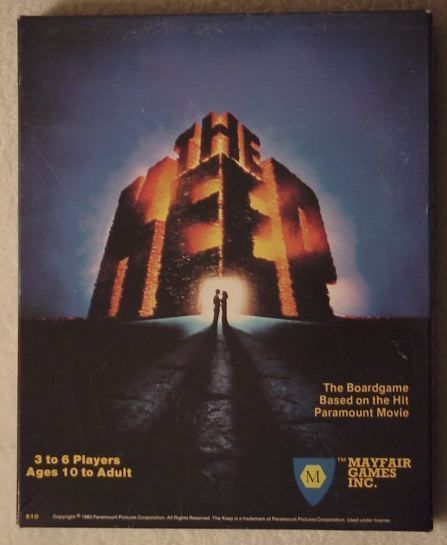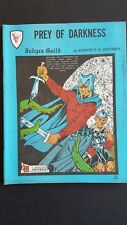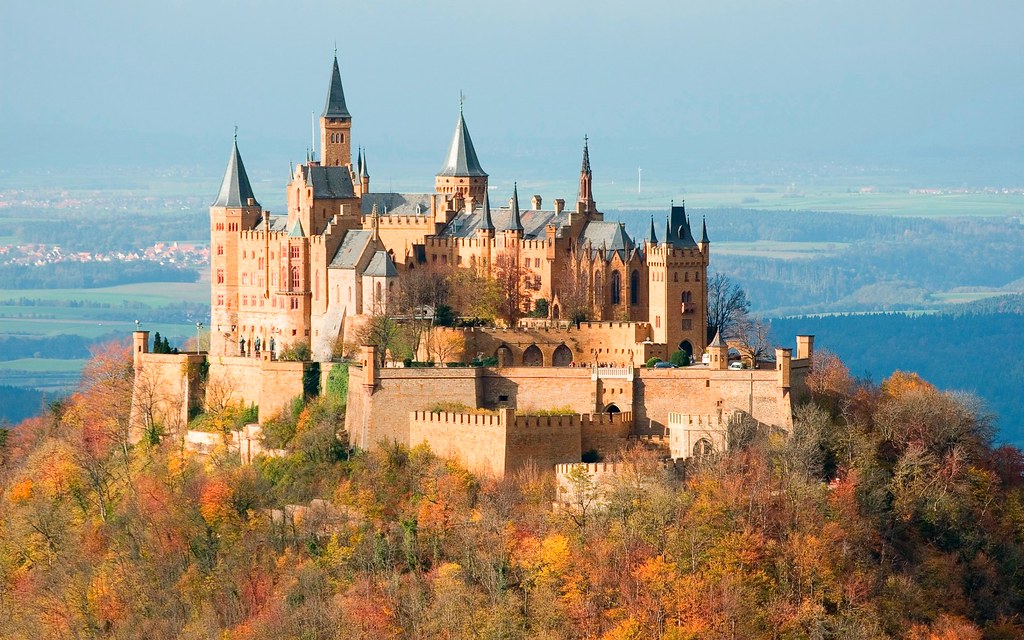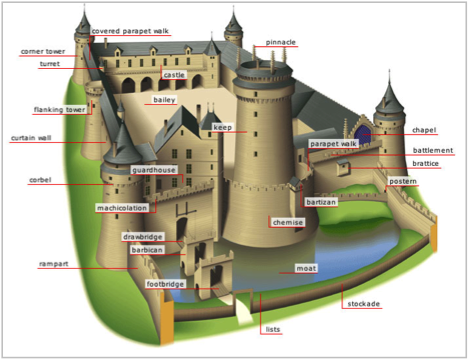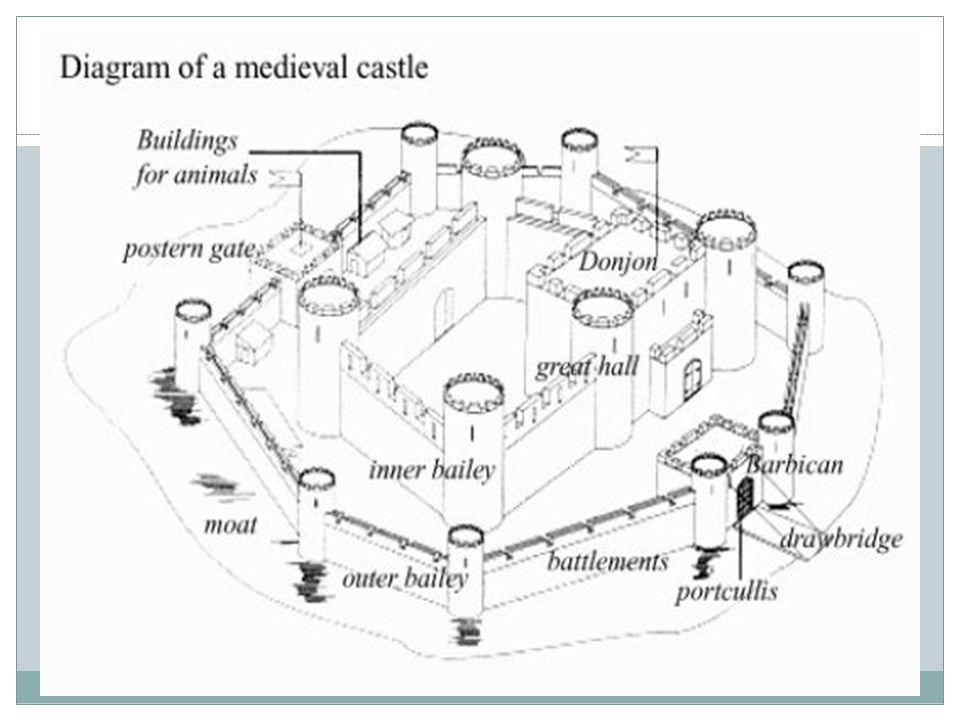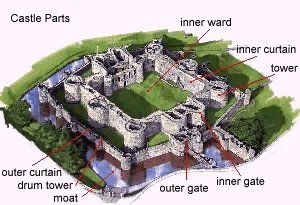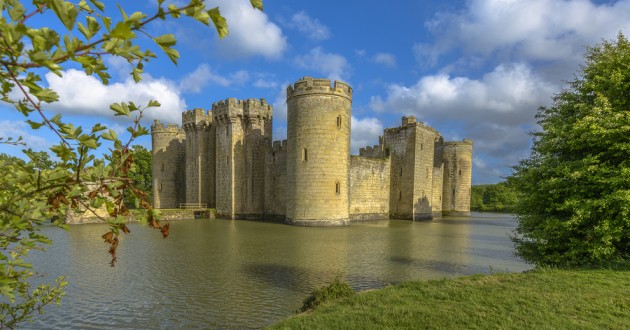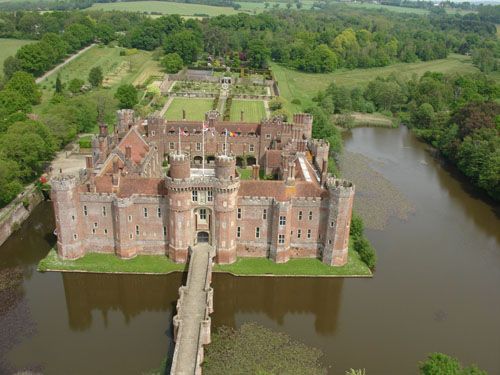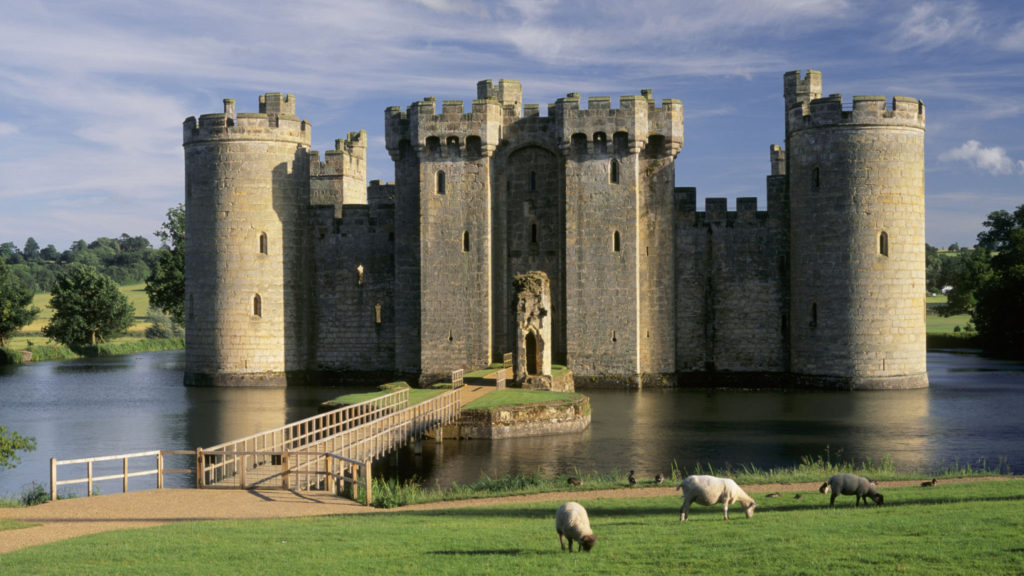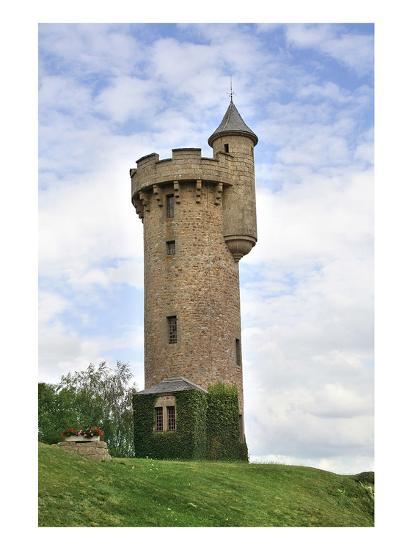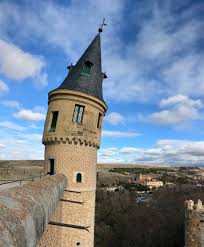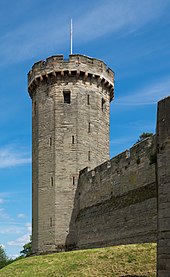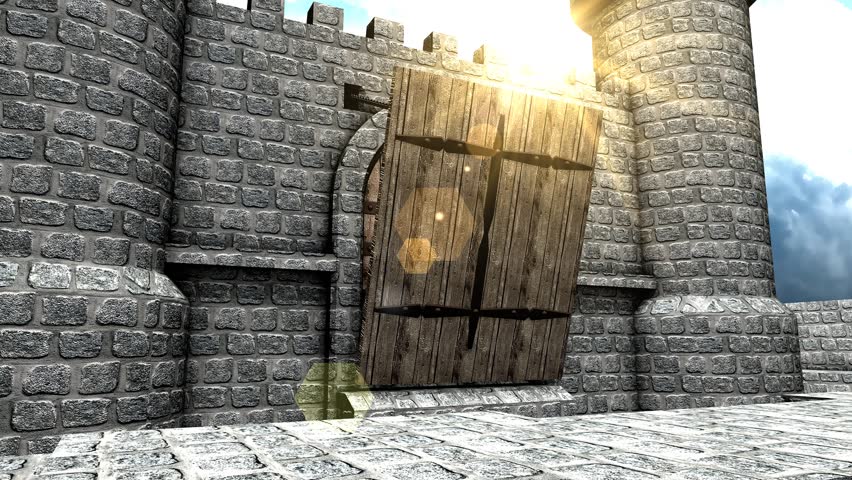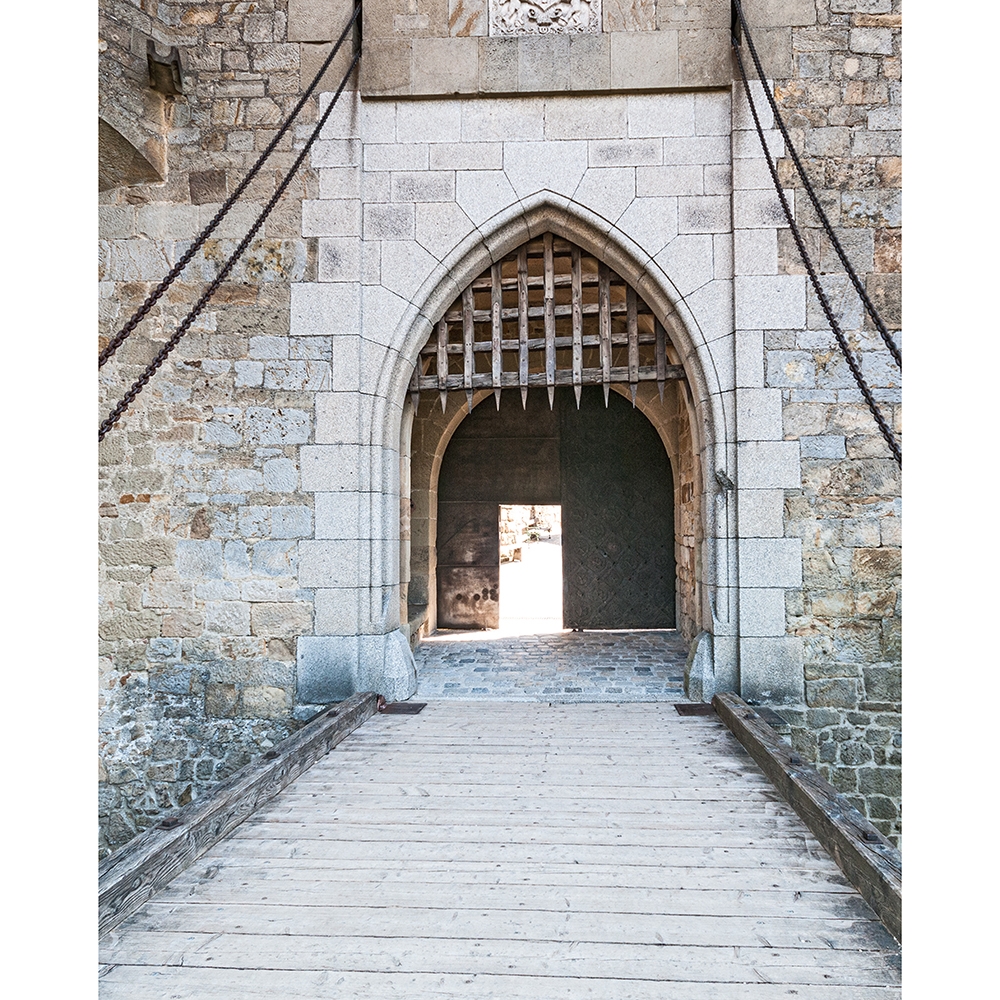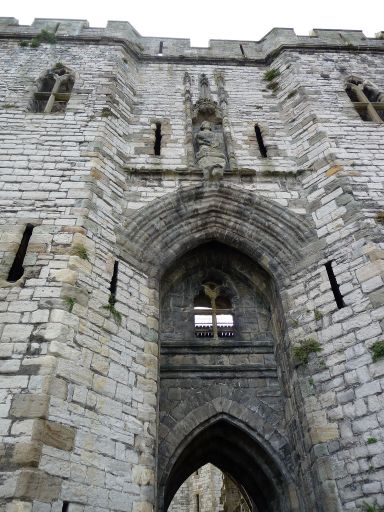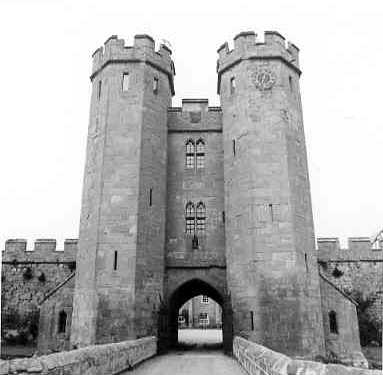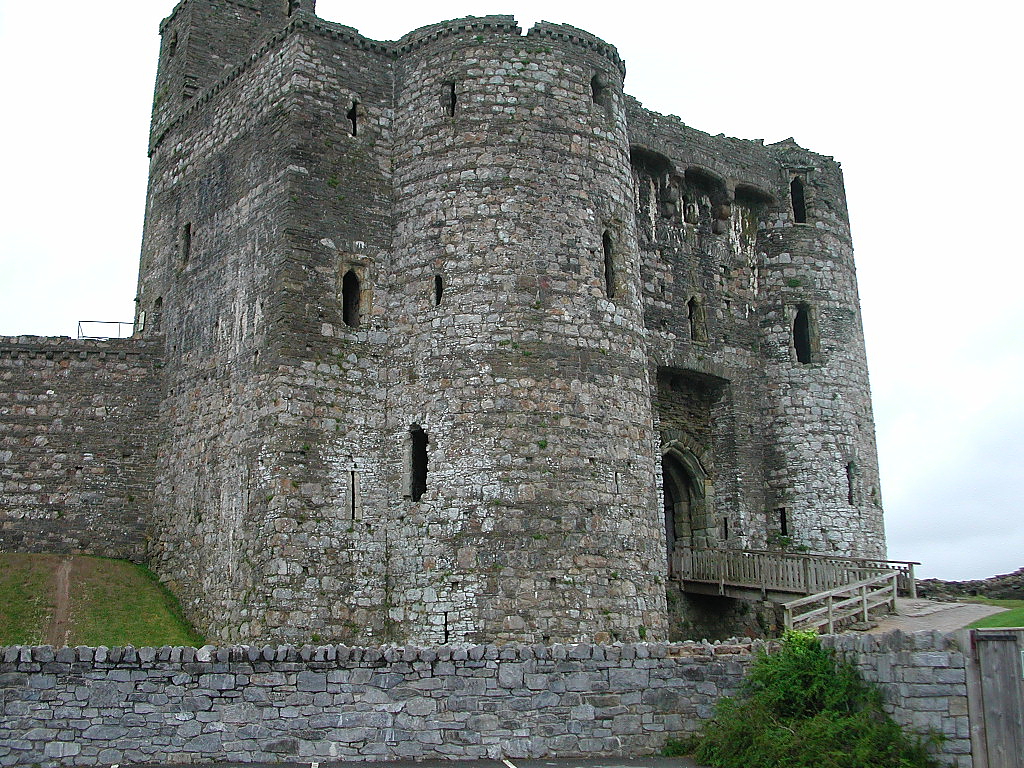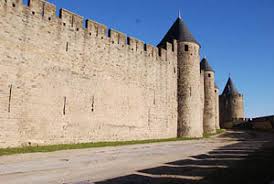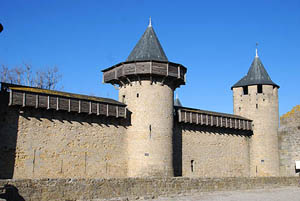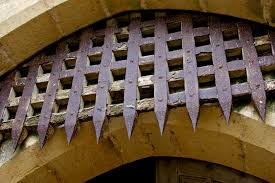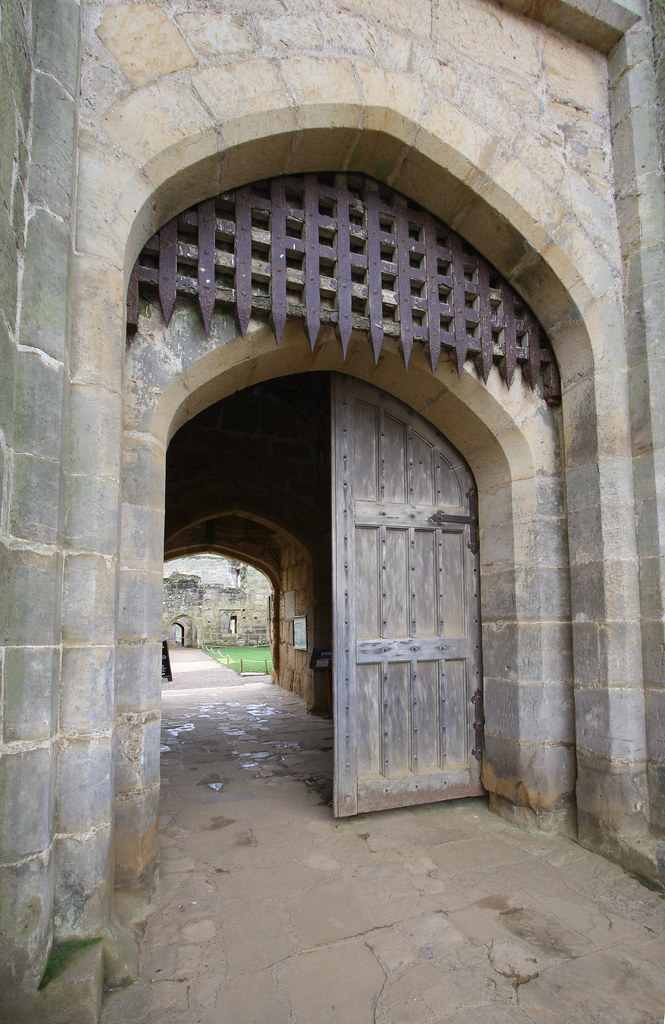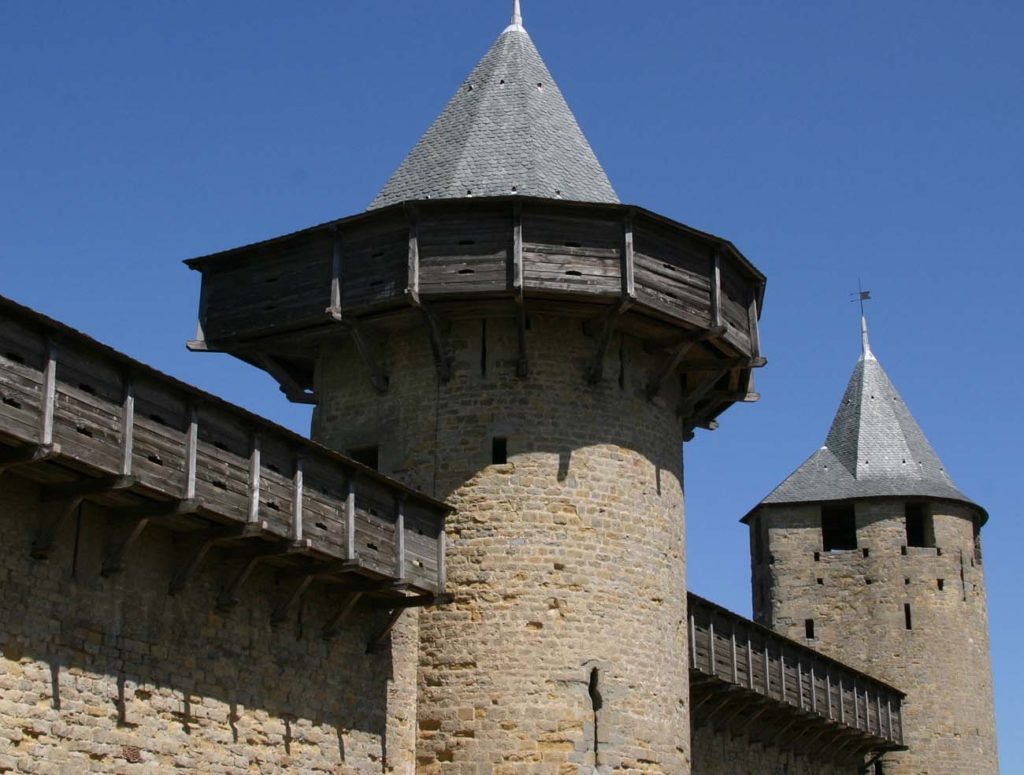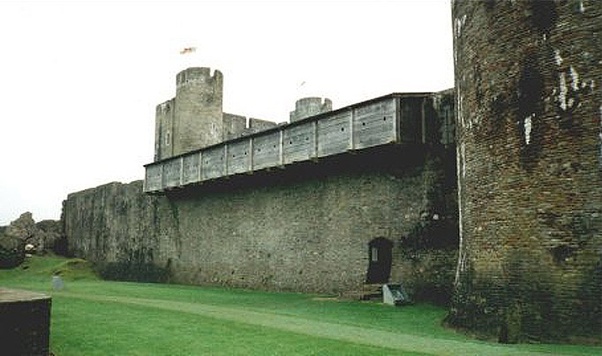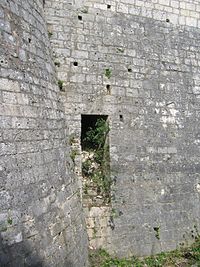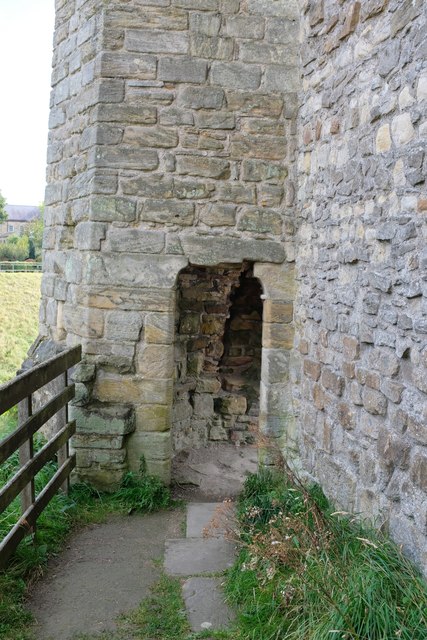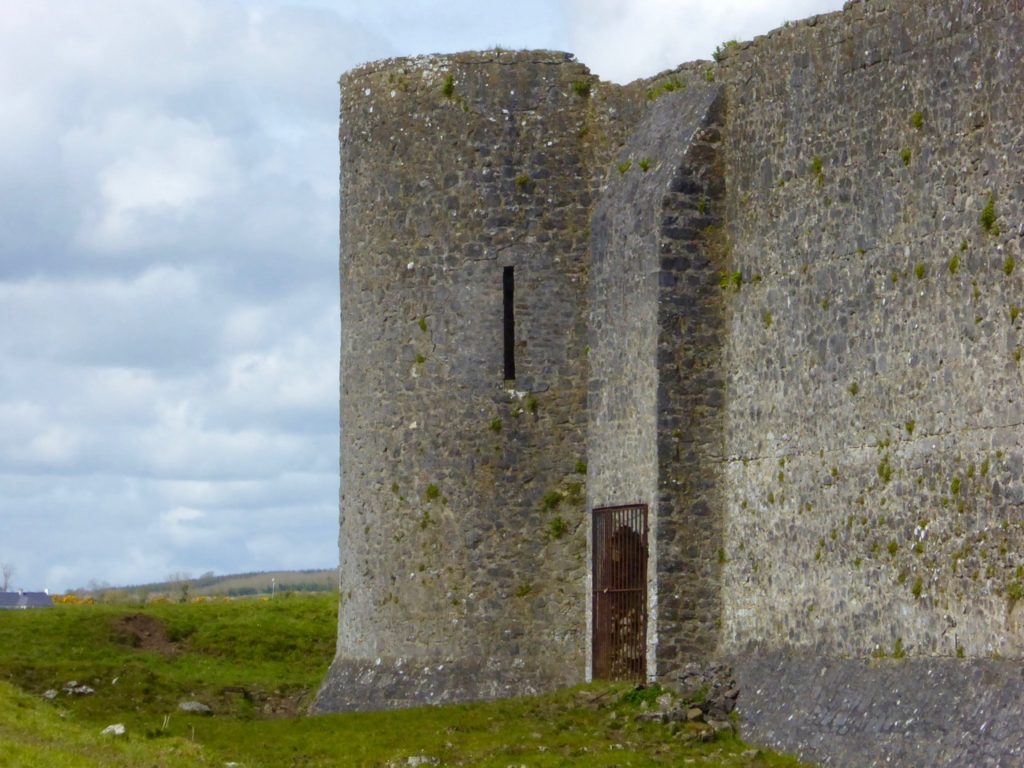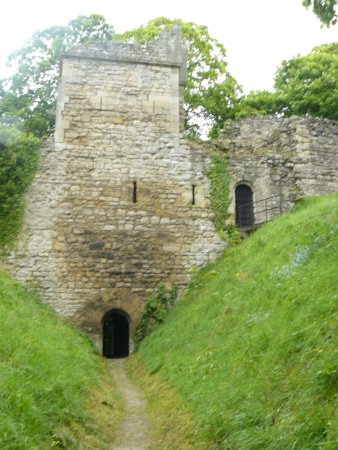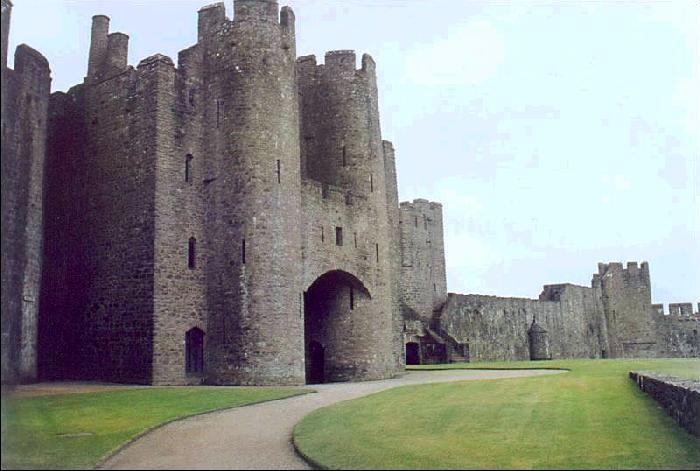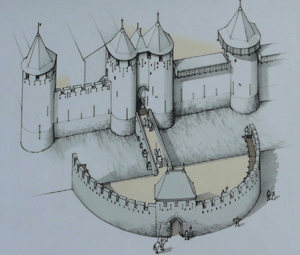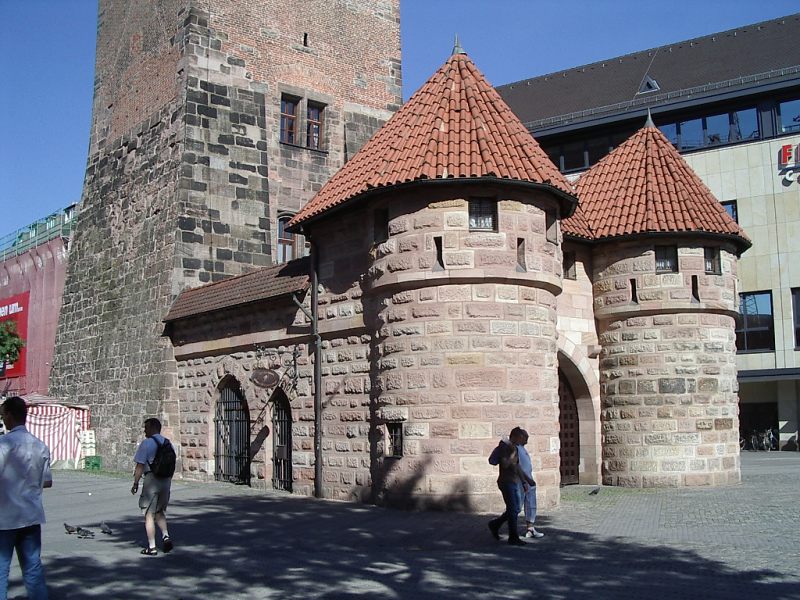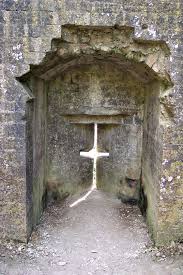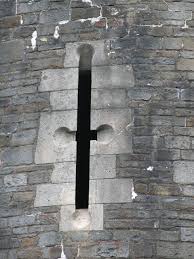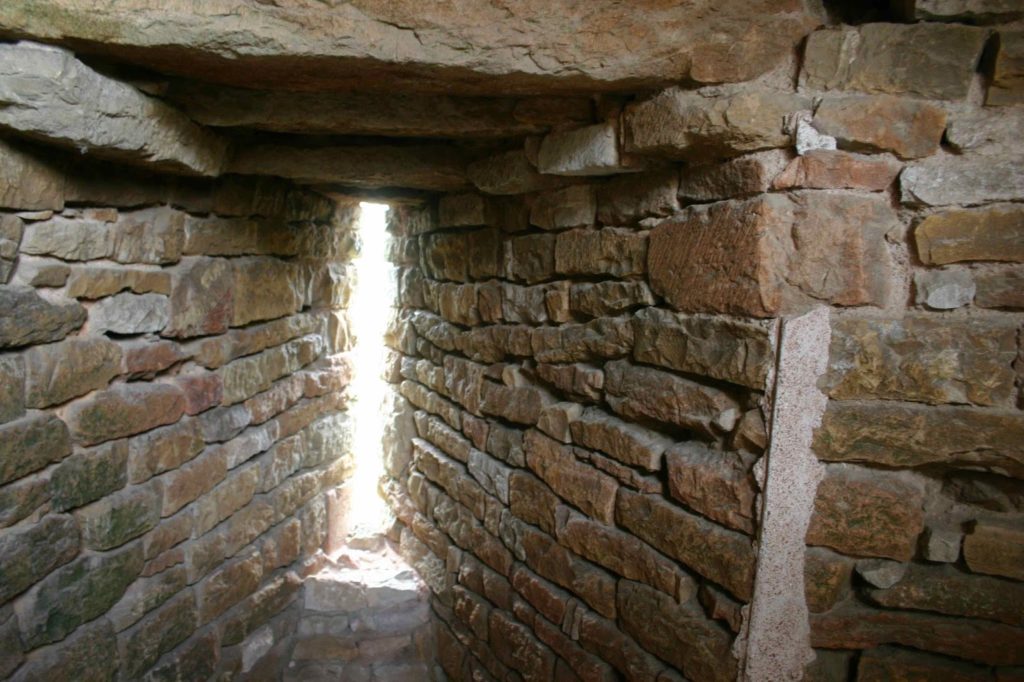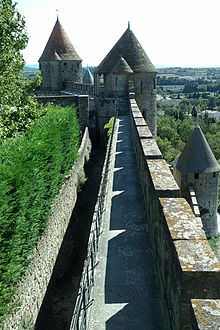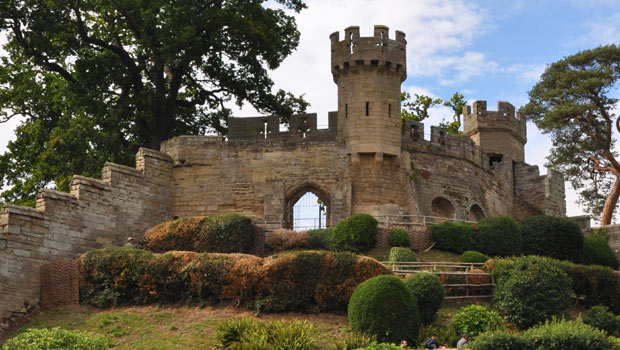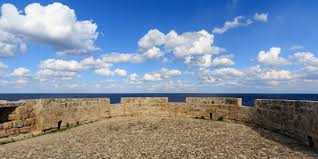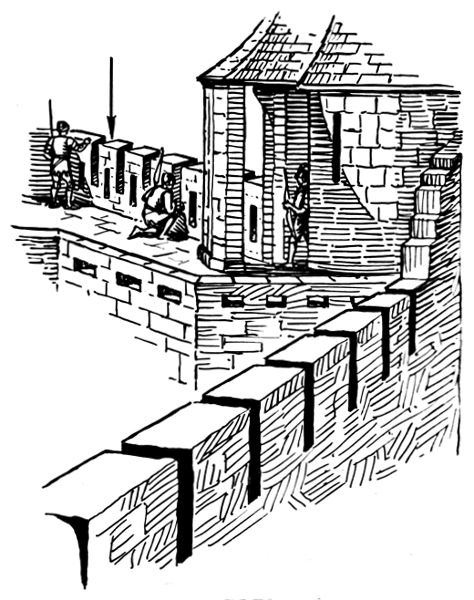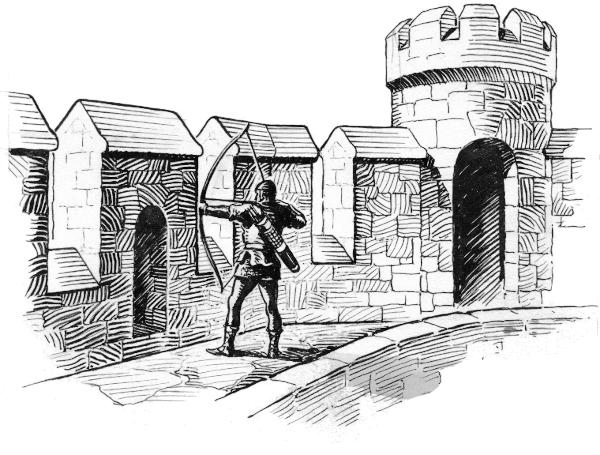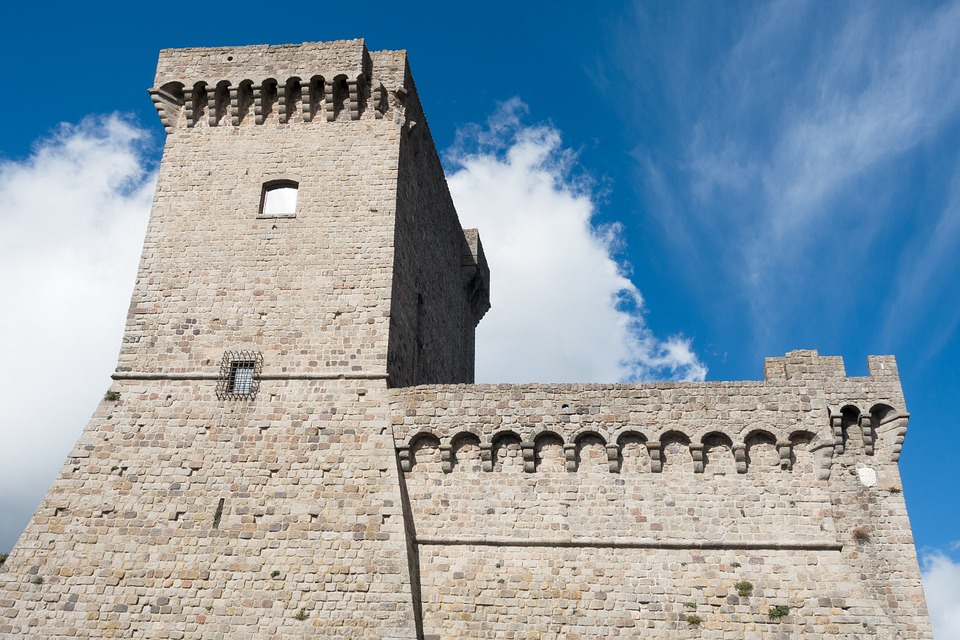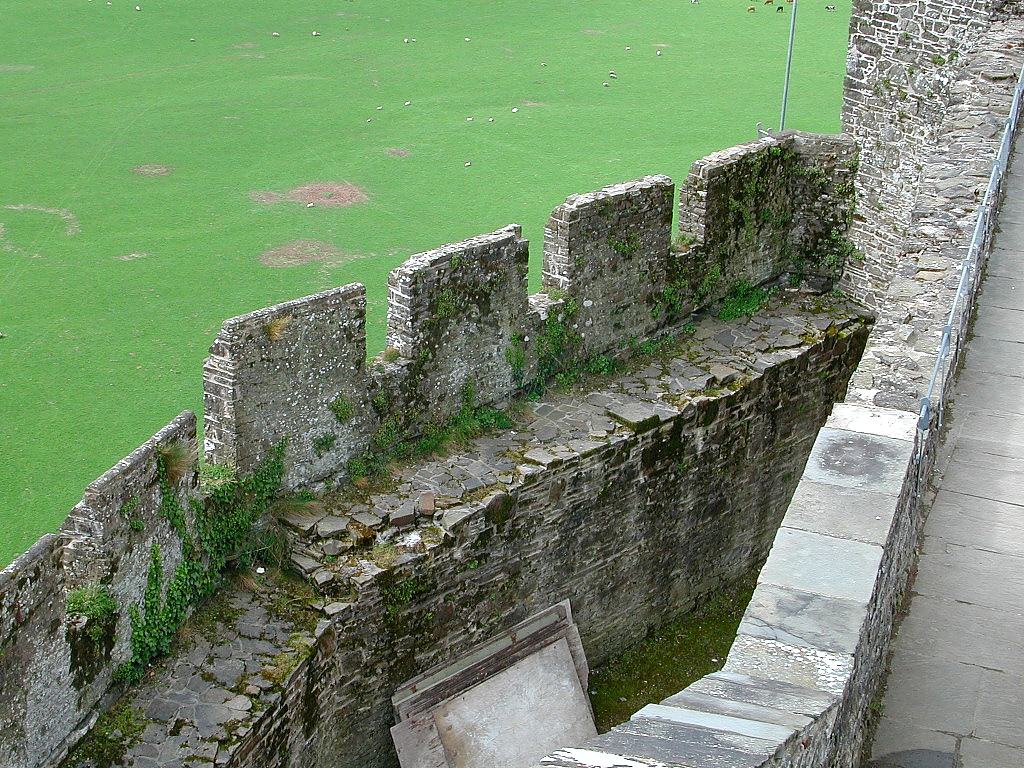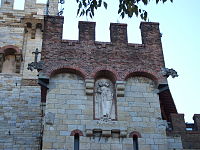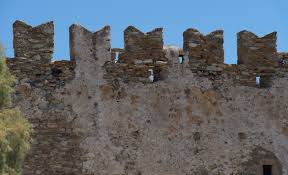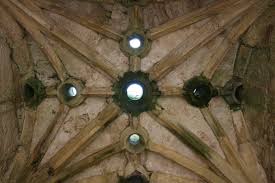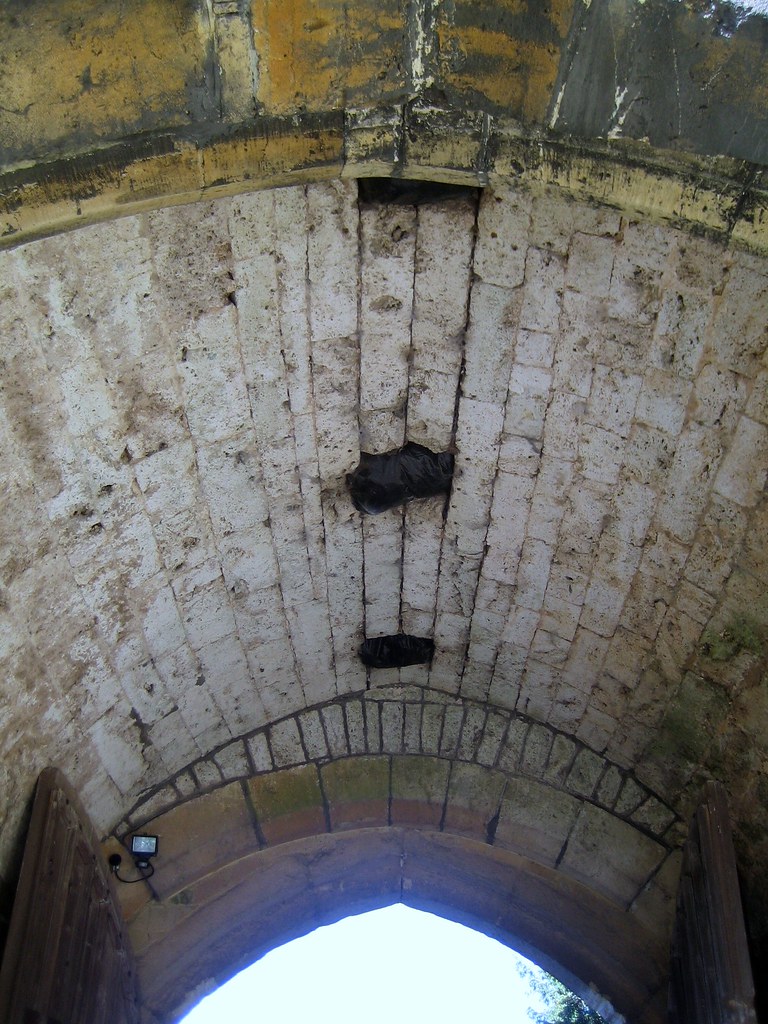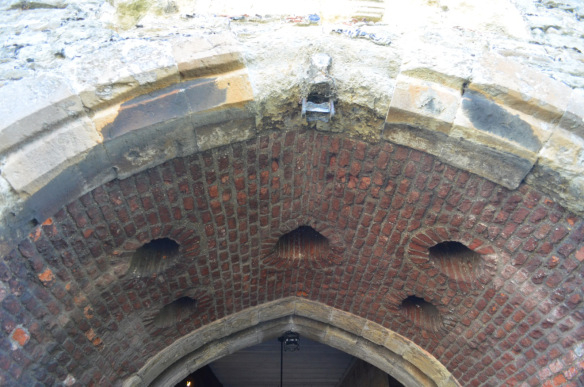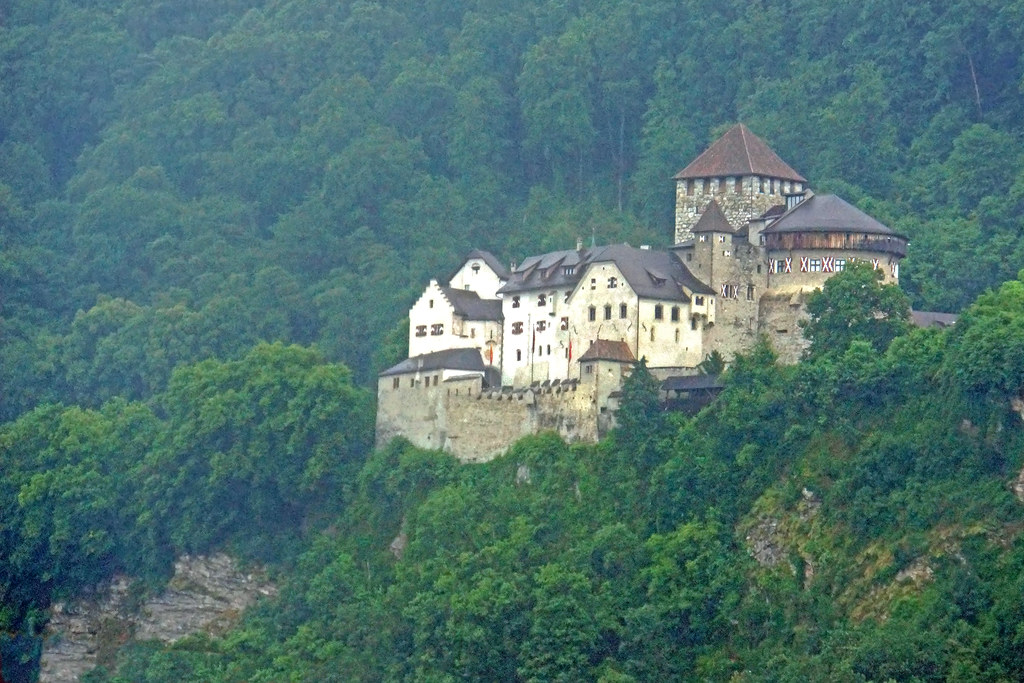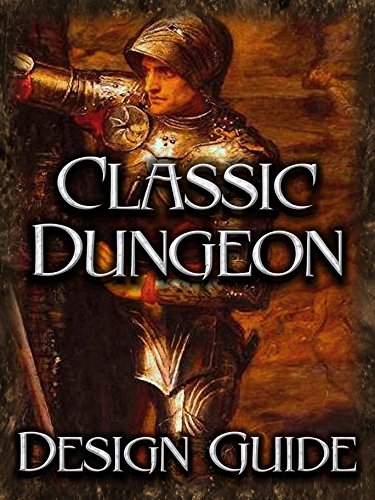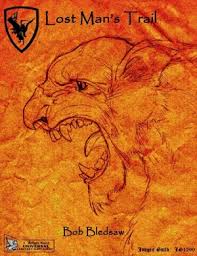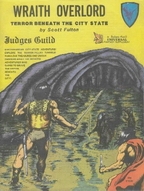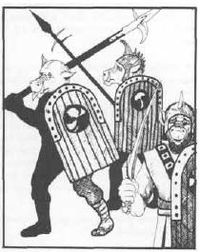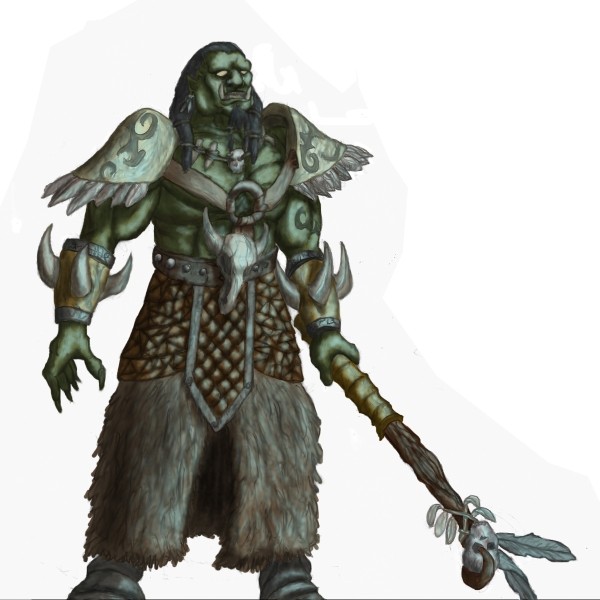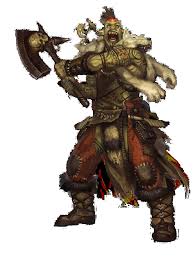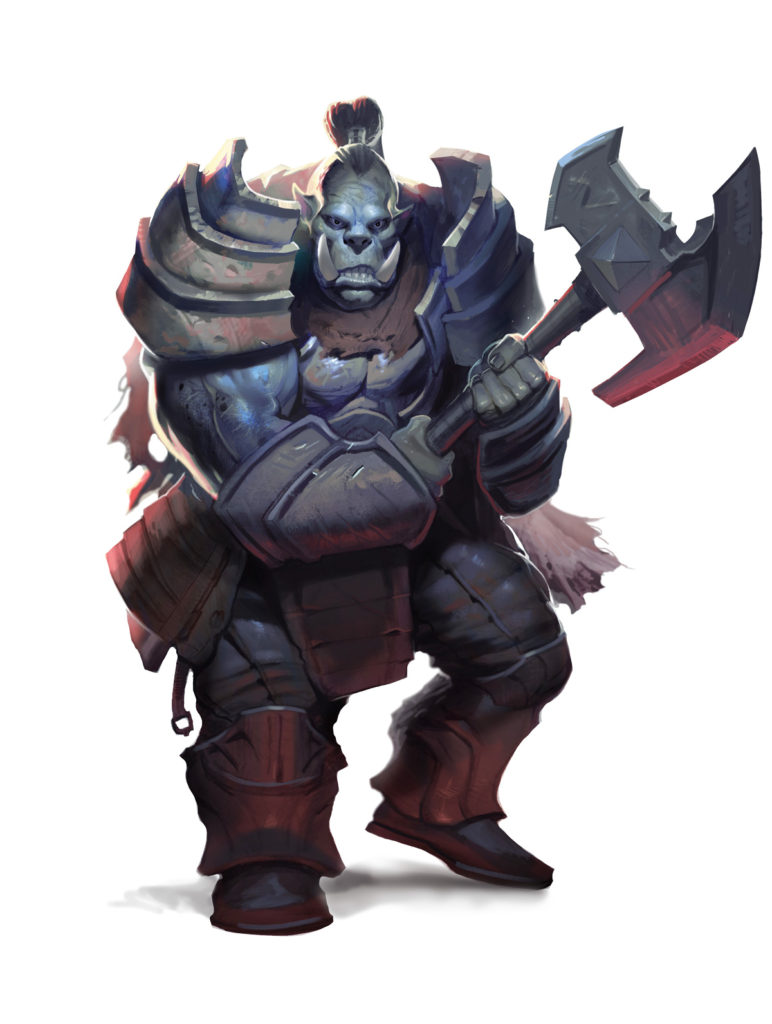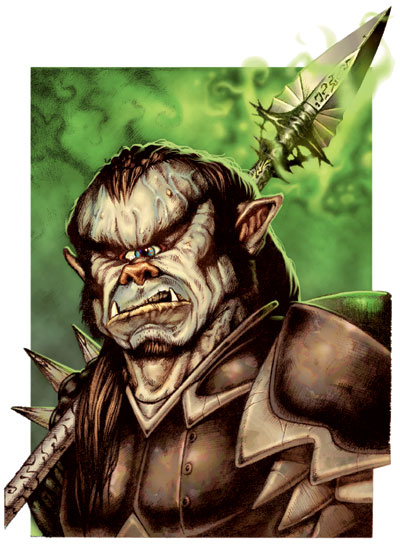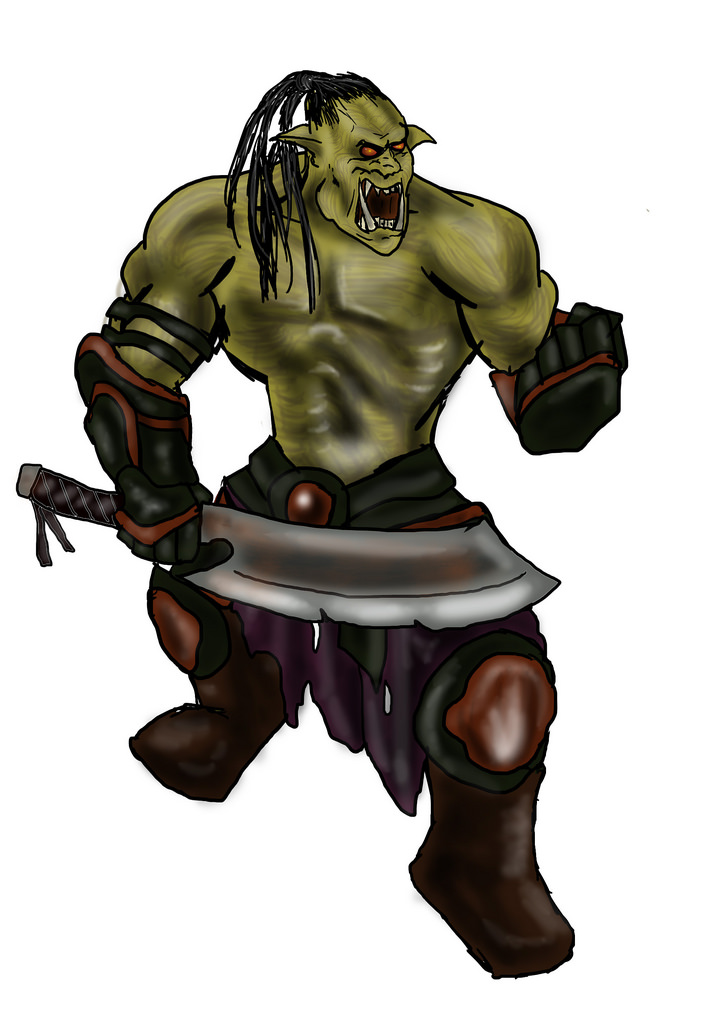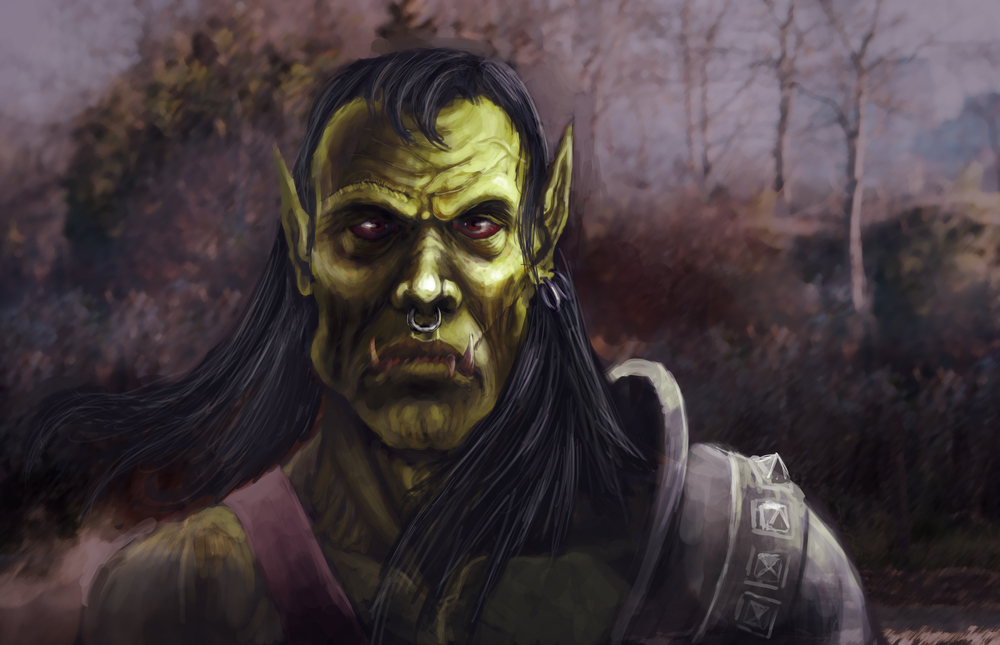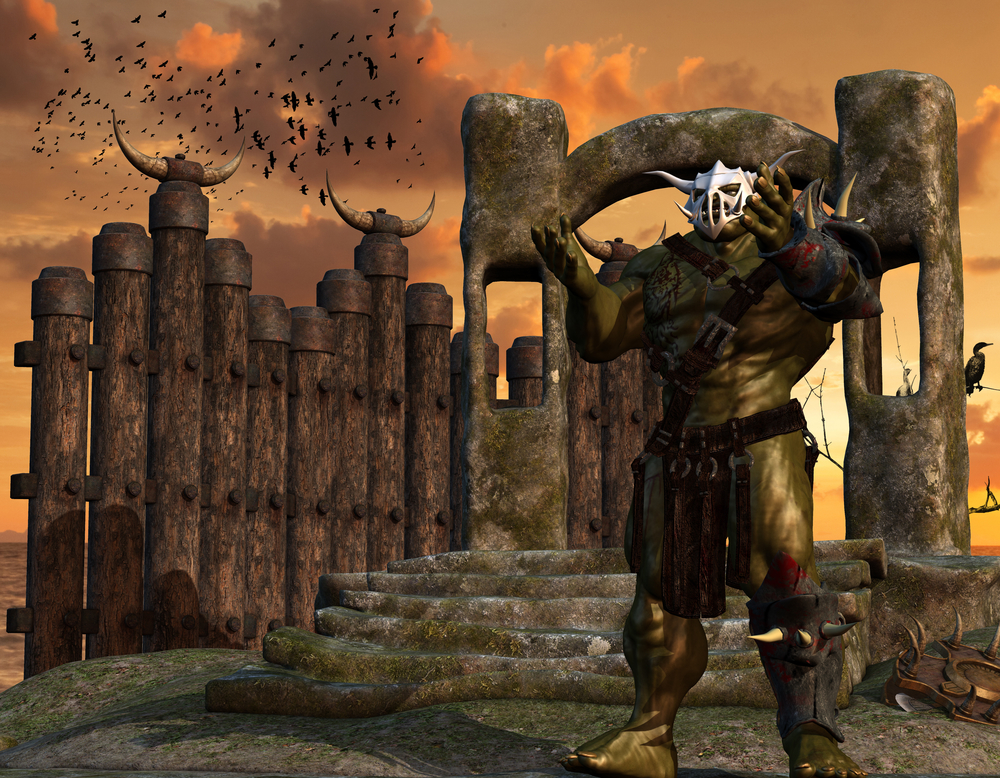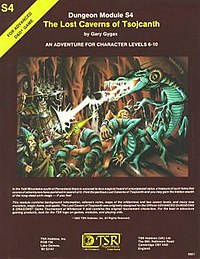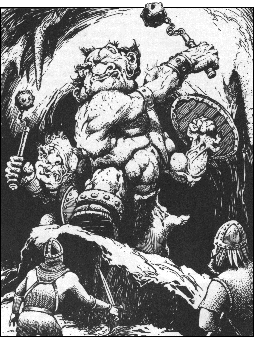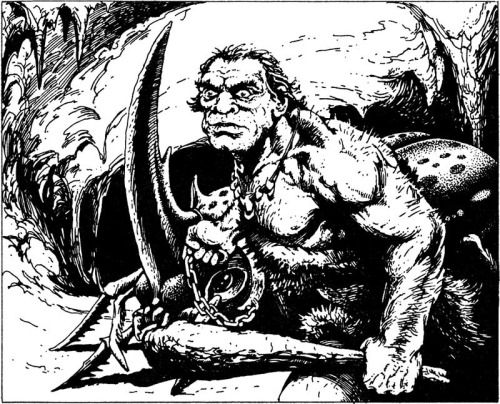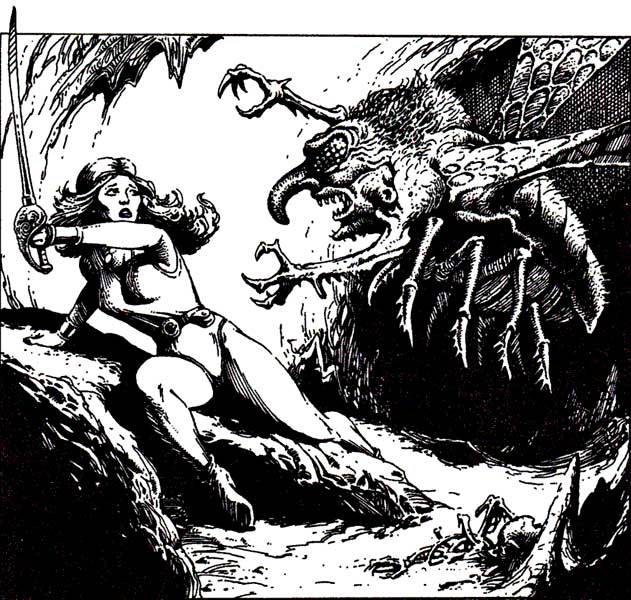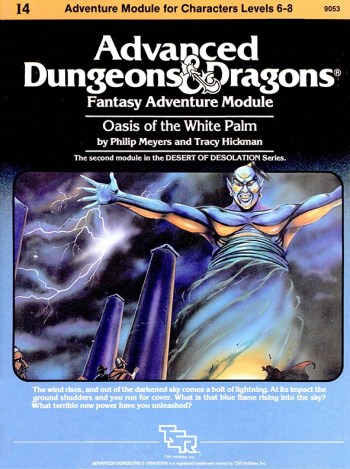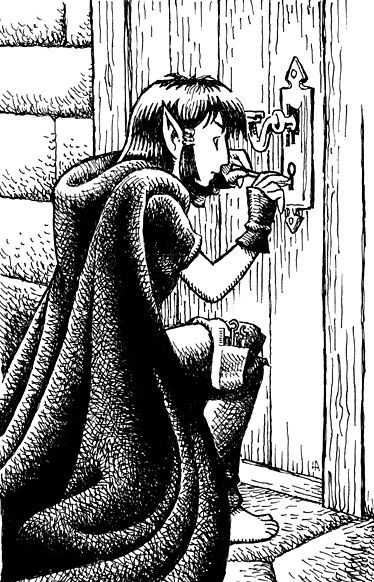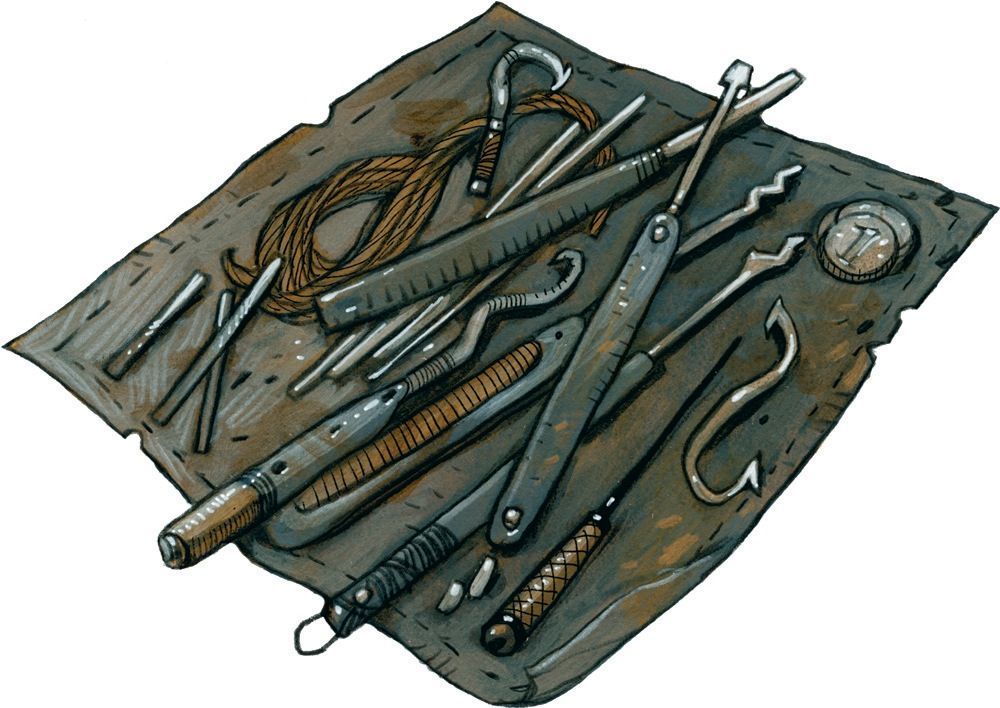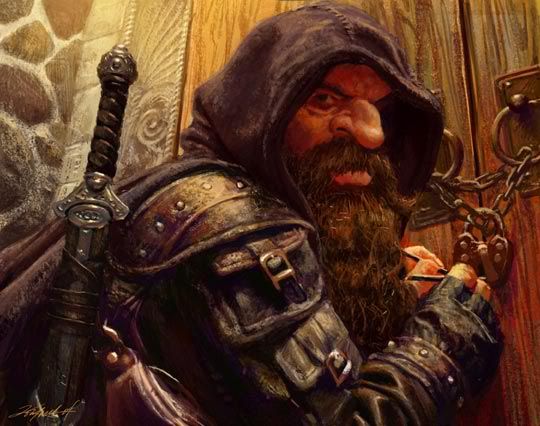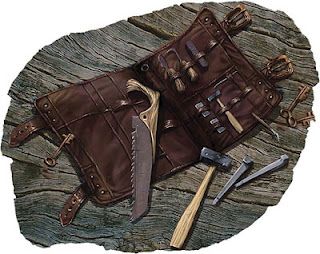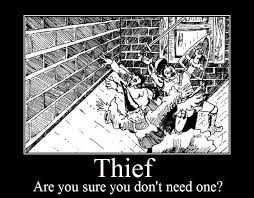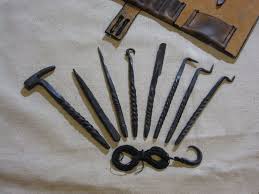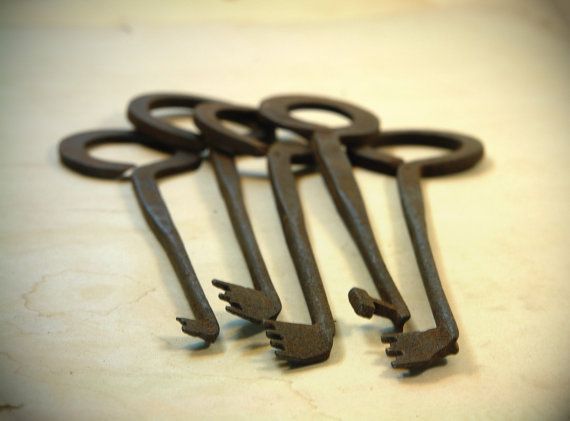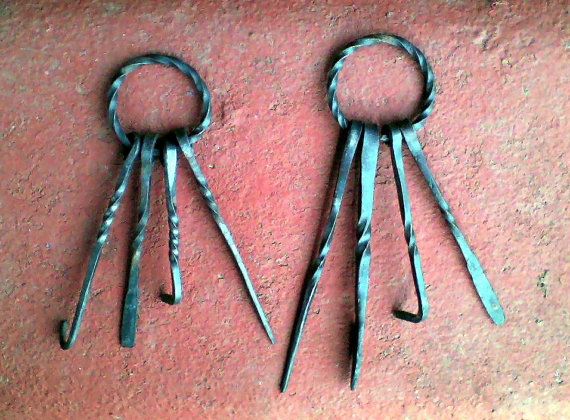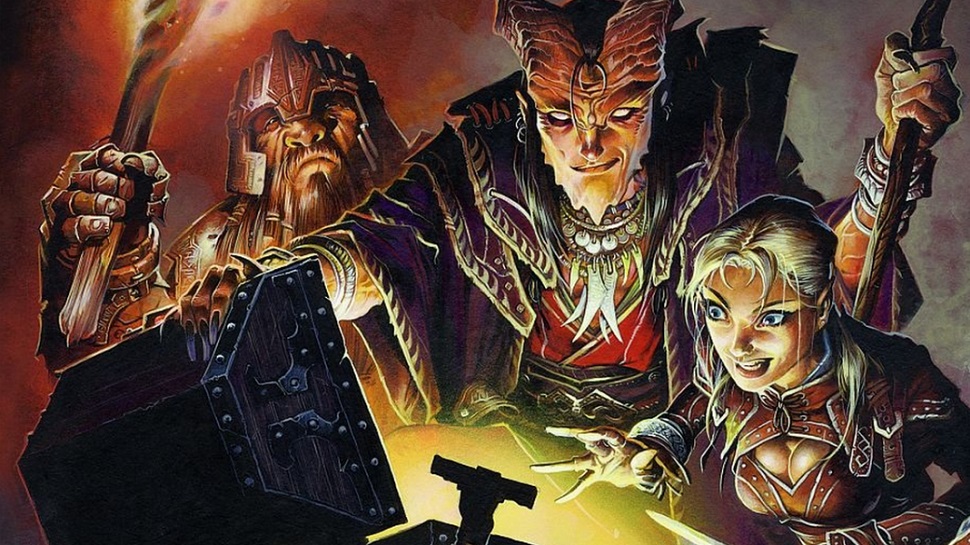Ok. I decided to read and review this one because at one time I was looking for high level adventures for my group at the time which was hitting 14th level with some characters (1st Edition). That group ultimately fucked up and had a total party kill before it became necessary for me to actually play one of these high level adventures with the party. By fucked up I mean they died, as a group, through total group negligence. They did something so incredibly stupid that it wiped out the entire party and left no one standing to go look for wishes or resurrections to bring back the dead. With no survivors at all they re-rolled characters and started over. I began looking at Role-Aids adventures from Mayfair Games because they had a couple of high level adventures that were mentioned on a forum that I read regularly (Dragonsfoot). Two adventures from Mayfair were in the list of these high level adventures. One was Lich Lords which I reviewed previously. The other was The Keep.
The keep is from Mayfair Games and is part of their Role-Aids series. It is written by Denial Greenberg, Samuel Shirley, Gregory Maples and Anne Jaffe. It was published in 1983 and…..believe it or not….it was made into a full length motion picture by Paramount Pictures. I never saw it. But this fact is mentioned in the module. It is 42 pages long.
What I like about the Keep
It is actually not as high level a module as was represented to me in the thread on Dragonsfoot. It is written for characters of 9th to 12 level of experience and for Advanced Dungeons and Dragons. Still…there are not that many adventures out there for Advanced Dungeons and Dragons that are challenging for characters reaching levels of that range or higher. So this makes it in select company.
This adventure takes place at three different points in time. This makes it unique as well. There are not many adventures for any version of Dungeons and Dragons that involve traveling through time or adventures taking place at different eras. The Keep ties in a story line with Vlad the Impaler (Dracula) and Nazis! This adventure takes place on our own world not in some fantasy land.
Basically there are three different adventures involving the Keep in this story. The first involves an old temple around the 12th century. The second takes place at the Castle of Vlad the Impaler And the third takes place at a prison during the Second World War. The Nazi’s are in power.
What I like do not like about the Keep
This is a pretty detailed and complex adventure. But putting it all together just does not work for me. Obviously if I saw the movie perhaps I would understand all of the connecting parts but this one is far too busy a story for me to really get. Nazis in Dungeons and Dragons? I just don’t know.
Would I recommend this adventure to others?
If someone were particularly interested in Dracula or the Nazis and wanted to use them in a Dungeons and Dragons story I suppose this could work for you. Otherwise….no.
Would I run the Keep with my own party?
No. I really do not get this one and cannot see how it could work well in a Dungeons and Dragons game. But to each their own.
If you enjoyed this article then you might enjoy these:
- Lich Lords
- Zienteck
- Spies of Lightelf
- The Black Ring
- Portals of Twilight
- Portals of Torsh
- Portals of Irontooth
- Thieves of Fortress Badabaskor
- Sword of Hope
- Under the Storm Giant’s Castle
- The First Fantasy Campaign
- The Arduin Grimmoire



